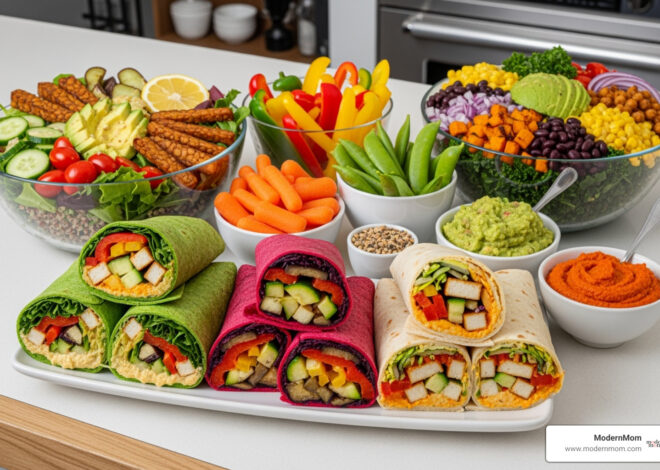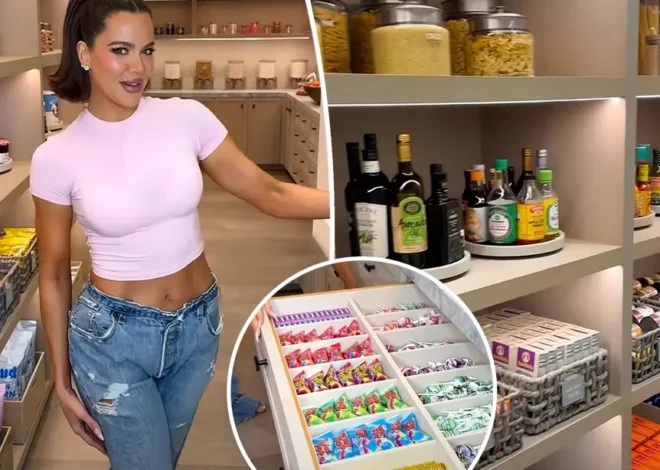Going green–being environmentally friendly–is all the rage, and you don’t have to sacrifice too much to make a big impact. If you want to help save the planet, you need to reduce the amount of energy that you use and the amount of waste that you produce. Don’t think that this is an all-or-nothing affair. You can make only a few changes and still make a difference. Best of all, as you become more green, you’ll see financial savings.
Step 1
Recycle plastics, papers, glass and metals. In most cities, a recycling company will come to pick up the materials that you can recycle, but you may need to bring them to the company if curbside pickup is not available. Recyclable materials include the metal from food cans, glass bottles and papers. To see whether your plastic bottles are recyclable, look at the number on the bottom of the container and check it against the numbers accepted by your recycling company. Another option is to reuse the items in your own home.
Step 2
Reduce water consumption. Aerators allow you to reduce the amount of water that comes through your faucets while still giving you good water pressure. You can also install a gray-water system, which will recycle the water that goes down your sinks and bathtubs–but not the toilet–to water flowers or your yard.
Step 3
Replace your light bulbs with compact fluorescent light bulbs. Compact fluorescent light bulbs, or CFLs, require less energy than traditional iridescent light bulbs. They also last longer, meaning that you won’t have to replace them–discarding the broken ones into landfills–as often.
Step 4
Adjust your home’s temperature. It takes a lot of energy to heat and cool your home. If you’re trying to cut back on energy consumption, one of the first things you should try is setting the thermostat a little bit lower in the winter and a little bit higher in the summer. You don’t have to suffer–even one degree makes a difference.
Step 5
Compost your food scraps for your garden. Instead of throwing food scraps into the garbage to fill up the landfills, you can reuse them in your garden. A compost bin will turn food scraps such as eggshells, banana peels and pieces of vegetables, along with cardboard and lawn trimmings, into a healthy fertilizer for your garden.
Step 6
Make green decisions when buying new appliances or furniture. Purchasing new energy-efficient appliances if you don’t need them is somewhat wasteful, but if it’s really time to buy a new one, look for Energy Star-rated appliances, which use less energy. You can also look for green supplies when purchasing furniture or redecorating. For example, bamboo is a green choice for wood because it’s easily renewable.
Photo Credit
- green globe on green background image by Brent Walker from Fotolia.com





